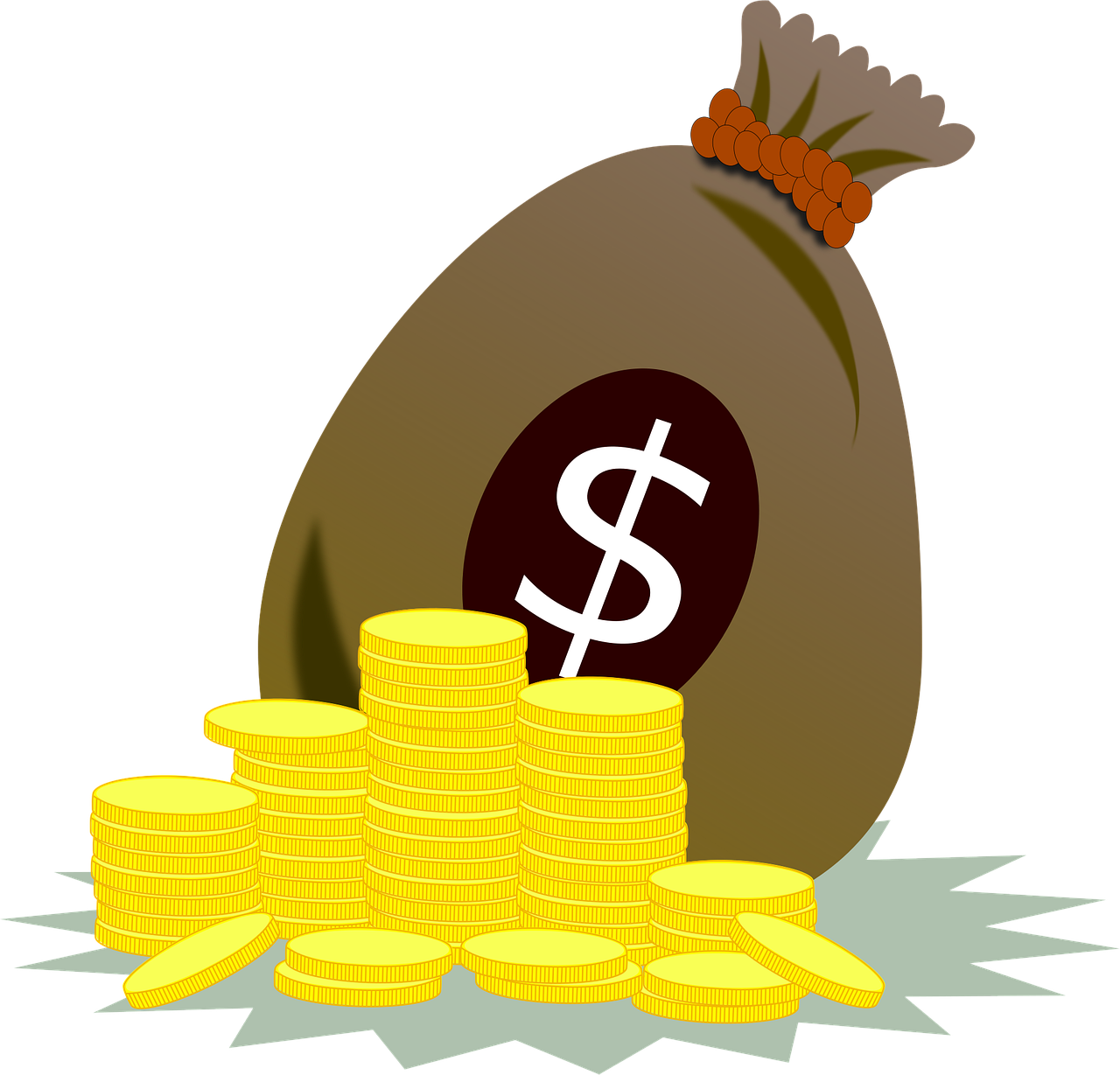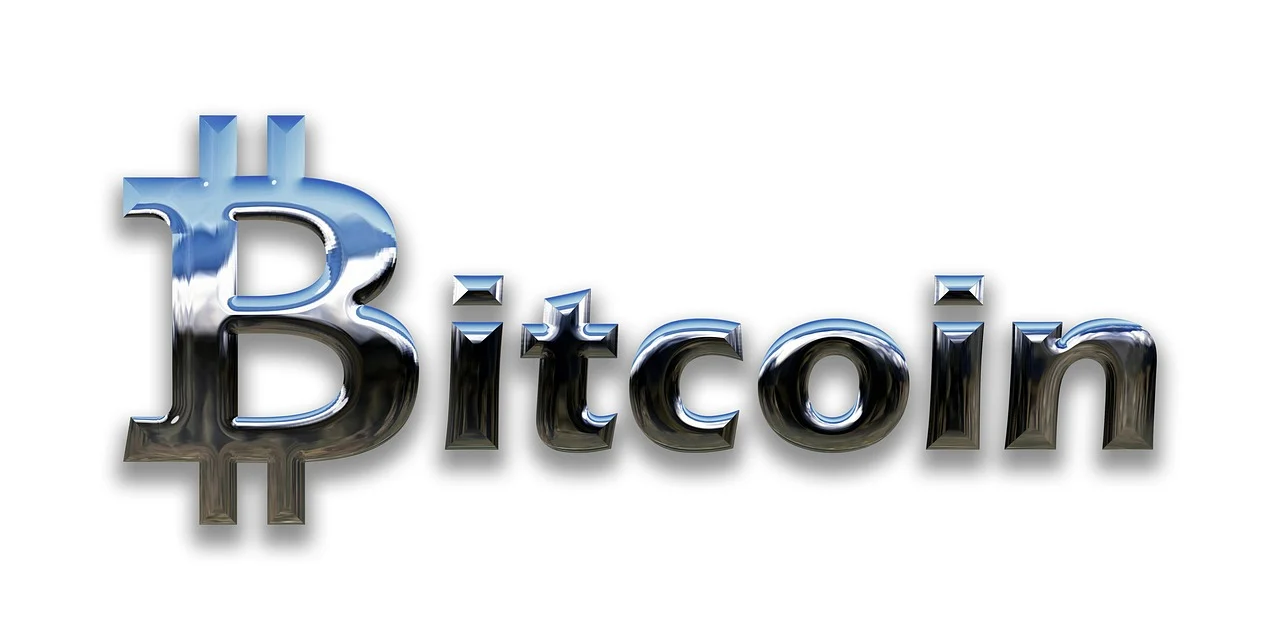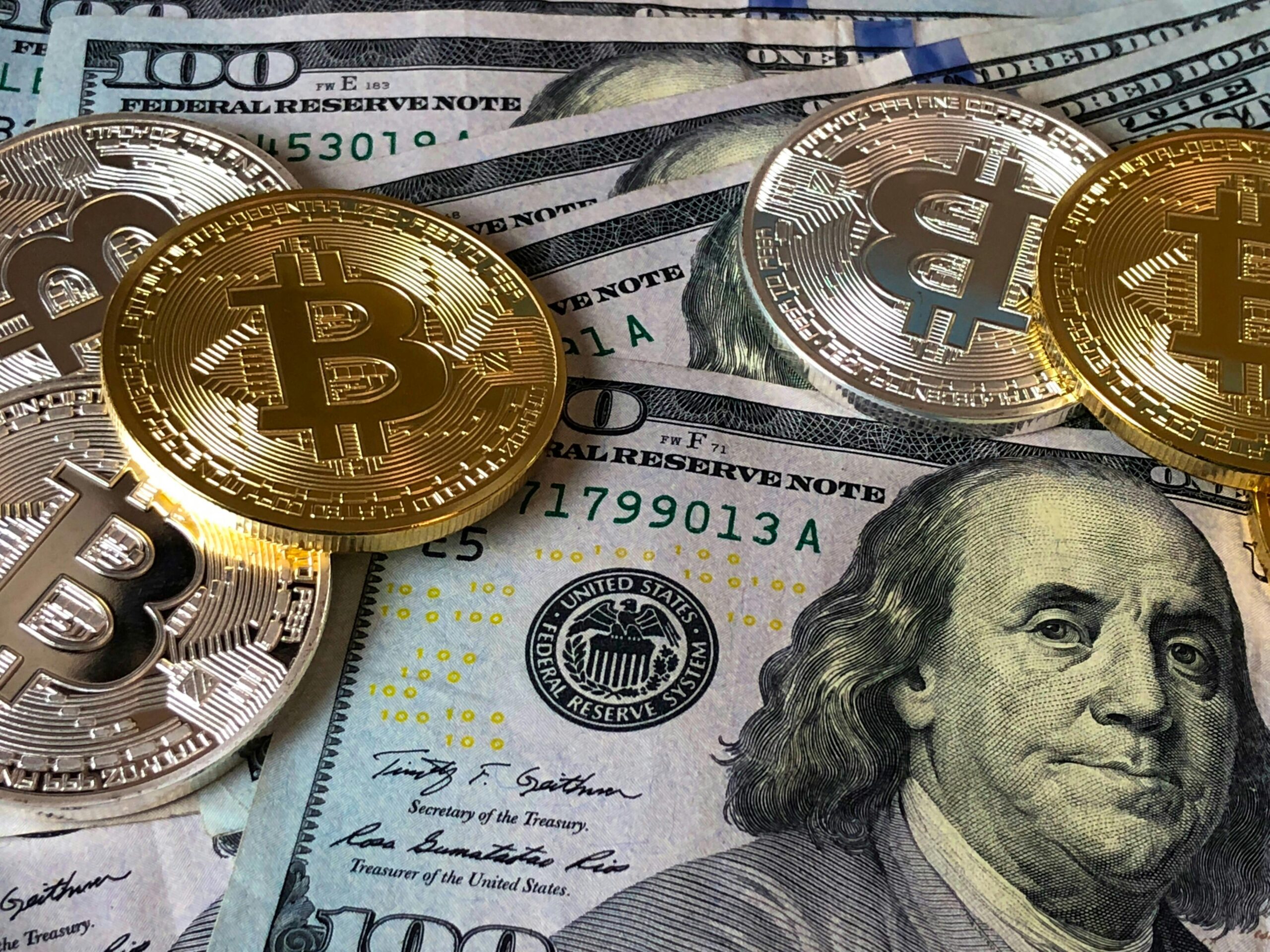
Currency converter
Currency converter retrieves the latest exchange rates from the Open Exchange API. We update these rates every 5 minutes to provide you with current and precise conversions. Keep in mind, though, that the rate displayed here might differ from what a bank or other financial service would offer.”
“View the exchange rates for all global currencies here. The currency converter provided is simple to use, and the rates are updated regularly. This is especially useful considering the recent high fluctuations in worldwide currencies.”
Read more about Short and easy way of online earning
Read more about Currency Converter
Currency exchange
InforEuro offers exchange rates for both current and former currencies of countries within and outside the European Union. For each currency, the tool provides historical conversion rates against the euro (or, before December 1998, against the ECU). These rates are available in electronic format and can be downloaded starting from March 1994.
The content on this page is provided for informational purposes only and is intended solely to support the implementation of the EU budget. No guarantee of accuracy is provided, and the European Commission does not accept any responsibility for the published rates. This publication does not confer any rights to users, and inquiries from the general public will not be answered.
Currency exchange near me
A specialized service for foreign vessels calling at Indian ports, offering the convenience of obtaining cash from a branch near the harbor.
Primarily aimed at international ships visiting India and docking at various ports, one of their key needs during these temporary stops is access to foreign currency (FCY) cash. This cash is required by the ship’s captain to pay crew salaries or cover other onboard expenses. Such needs are generally fulfilled through a service known as “Cash to Master.”To withdraw the cash, the ship’s master must visit the branch with a valid passport and a completed application form.
Currency
Around the same period in the medieval Islamic world, a robust monetary system developed between the 7th and 12th centuries, fueled by the widespread circulation of a stable, high-value currency known as the dinar. Muslim economists, merchants, and traders introduced several financial innovations, including some of the earliest applications of credit, cheques, promissory notes, savings and checking accounts, loans, trusts, currency exchange, the transfer of credit and debt, and banking institutions that handled deposits and lending.
In Europe, regular use of paper money began in Sweden in 1661, although Washington Irving mentions an earlier emergency instance during the Spanish siege of Granada. Sweden’s abundant copper reserves led to many copper coins in circulation, but their low intrinsic value required extremely large coins, sometimes weighing several kilograms.
Chinese currency
By the mid-1990s, China had gradually shifted to a system where the value of its currency was largely determined by supply and demand in the foreign exchange market. This transition, which took about 15 years, involved adjustments to the official exchange rate, the implementation of a dual exchange rate system, and the creation and gradual expansion of foreign exchange markets.
A key step toward a market-based exchange rate was the relaxation of controls on trade and other current account activities, which began with several early measures. In 1979, the State Council approved a policy allowing exporters and their provincial and local government stakeholders to keep a portion of their foreign currency earnings, known as foreign exchange quotas. At the same time, the government introduced provisions permitting the retention of some foreign exchange from non-trade sources, including overseas remittances, port fees paid by foreign ships, and tourism income.
Bries currency
The inaugural formal summit of the BRIC group took place in Yekaterinburg on 16 June 2009, attended by Luiz Inácio Lula da Silva, Dmitry Medvedev, Manmohan Singh, and Hu Jintao, the leaders of Brazil, Russia, India, and China, respectively. The summit primarily aimed to address the global economic crisis and to discuss reforms of financial institutions during the Great Recession. Additionally, discussions focused on enhancing cooperation among the four nations in the future and exploring ways for developing countries—including three of the four BRIC members—to play a greater role in international affairs.
Following the 2009 Yekaterinburg summit, the BRIC countries highlighted the necessity of establishing a new global reserve currency that would be “diverse, stable, and predictable.” While their statement did not explicitly challenge the dominant role of the US dollar (as Russia had done previously), it contributed to a decline in the dollar’s value relative to other major currencies.
Currency conversion
The rupee has been steadily rising against other currencies since the beginning of the year. This reflects the noticeable improvement in India’s economic fundamentals. The Indian currency generally strengthens against global currencies when key indicators, such as the trade balance and current account deficit, show improvement.
While this is a positive development, it is impossible to predict how long the rupee’s strength will last. Currency markets are highly volatile, and only experienced investors should consider trading directly in them. Those needing to send or receive money internationally can make use of our Indian rupee to other currencies converter.
Korean currency
In early 2006, the Bank of Korea announced plans to update the design of the 10-won coin by the end of that year. Rising production costs, which were 38 won for each 10-won coin at the time, and reports that some individuals were melting coins to create jewelry, made the redesign necessary to reduce manufacturing expenses. The redesigned coin is composed of copper-plated aluminum, with a smaller diameter of 18 millimeters (0.71 in) and a weight of 1.22 grams (0.043 oz). Its appearance remains the same as the previous version. The new coin was released on December 18, 2006.
Since 1992, 1-won and 5-won coins have rarely been used in daily transactions, with prices typically rounded to the nearest 10 won. Nevertheless, these coins are still produced in limited quantities each year for the Bank of Korea’s annual mint sets. In 1998, the production costs per coin were as follows: 10-won coins cost 35 won each to make, 100-won coins cost 58 won, and 500-won coins cost 77 won.
Sol currency
Peru’s political history highlights the difficulties of sustaining a stable currency. In the 1960s, democratically elected Fernando Belaúnde Terry implemented economic liberalization policies, focusing on export growth. However, his initiatives were hindered by ongoing threats of political uprisings inspired by Cuba. In 1968, General Juan Francisco Velasco Alvarado took power, nationalizing the fishmeal industry along with several oil companies, banks, and mining enterprises.
In 1980, Peru returned to civilian governance under a new constitution. Belaúnde Terry was re-elected president, campaigning on a promise to undo the financial mismanagement of the previous decade. Nevertheless, his support quickly waned due to soaring inflation, economic difficulties, and terrorist activity.
Crypto currency
Cryptocurrency values tend to be far more unstable than traditional financial assets like stocks. For instance, during a single week in May 2022, Bitcoin dropped 20%, Ethereum fell 26%, while Solana and Cardano plummeted 41% and 35% respectively. These declines were linked to concerns about inflation. In contrast, during the same period, the Nasdaq tech index decreased by 7.6% and the FTSE 100 declined 3.6%.
Looking at the long term, of the top 10 cryptocurrencies by market capitalization in January 2018, only four—Bitcoin, Ethereum, Cardano, and Ripple (XRP)—remained among the leaders by early 2022. The total market value of all cryptocurrencies reached $2 trillion at the end of 2021 but had fallen by half nine months later. The Wall Street Journal noted that the cryptocurrency market has become “connected” with broader capital markets and is “affected by the same factors that influence tech stocks and other high-risk investments,” including inflation expectations.




